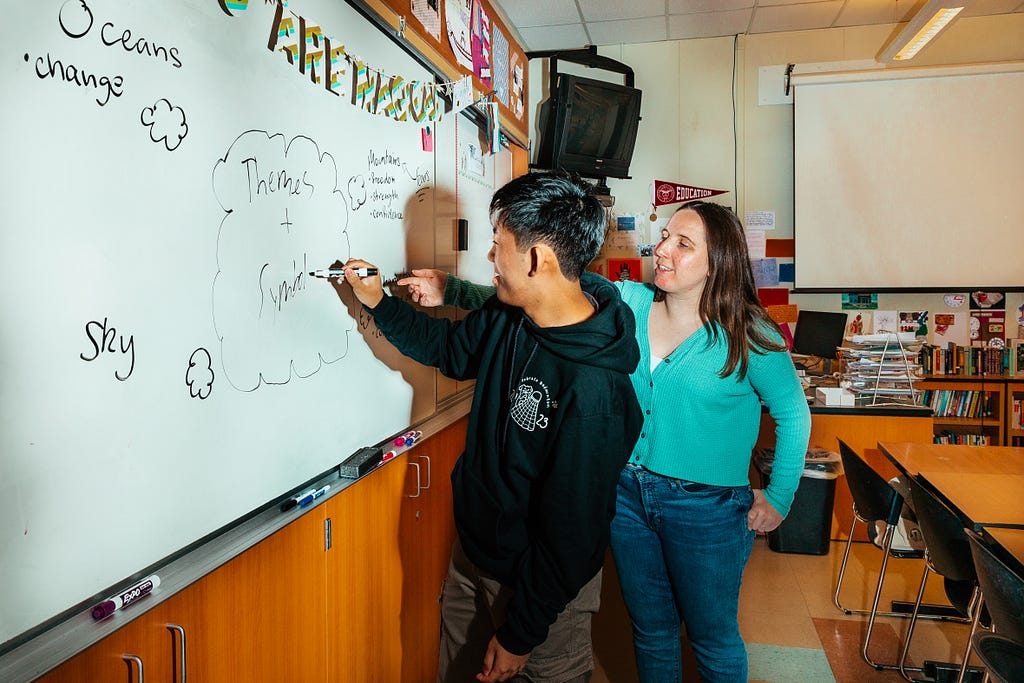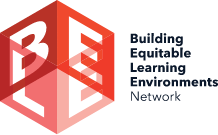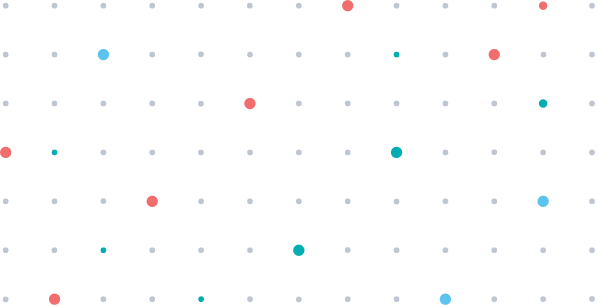
As schools kick-off the 2023–24 school year, the question remains — how can we design equitable schools and structures that create positive student experiences and prepare all young people to learn and thrive? Despite challenges, BELE Network partners, Mineola Public Schools (Mineola) in Nassau County, New York, have made promising inroads in achieving equity in action.
In 2019, Mineola embarked on a district-wide endeavor to deepen understanding and focus on how students’ brains have the capacity to learn and grow. The district-wide effort grounded educators’ work in a growth mindset from the start of the school year to create a classroom foundation that allows for rich student experiences to begin to take shape.
With a growth mindset, educators and students can understand how motivation and effort develop abilities and competencies, and prevent students from stagnating. Jenn Maichin, Mineola instructional lead, says:
A growth mindset is [a] belief system, and in order for a teacher to instill a growth mindset in a child, they must first recognize their own mindsets and beliefs and then acknowledge that they have the ability to create the environments that will either support a child’s growth mindset or shift their mindset from fixed to growth.
Once Mineola educators understood the growth mindset in their contexts, they equipped students with the tools and vocabulary to learn with this mindset and the knowledge necessary to find purpose in their school work:
We want students to say: I believe that this work has meaning and purpose for me. I believe that I can do this…I believe that my work and competency and my ability grows with my effort. I believe that I belong in this academic community.
This focus and approach paved the way for a creative restructure of Mineola’s alternative school program in 2022 through the launch of a new program, Synergy. Synergy transforms how students spend their days and allocates structured time for students to focus on a growth mindset. Students begin and end their day by checking in with an assigned mentor, and have designated times with them to reflect on personal goals, well-being, and experiences in school. And instead of a set schedule, students participate in seminars throughout the day and have “What I Need Now” time to decide on the areas that they want to focus on based on what they need.
By encouraging students to take charge of their learning and decide what they need to focus on to grow academically, socially, and emotionally, Mineola is creating positive student experiences. As a result of Synergy, “Students [who have] dealt with school avoidance, attendance, or struggled with anxiety… have made Synergy a second home for themselves, and are doing better in school than they have in years,” says teacher Jessica Anderson. Kuri DiFede, a computer science teacher, also sees firsthand how administering student feedback surveys can help educators understand student experiences and use student data to implement meaningful changes to teaching practices. DiFede says that now all students at Mineola, not just those who have a track record of academic success, feel and believe in their own potential.
The start of the school year is an opportunity to re-examine school structures and make necessary changes to ensure students can grow and experience school to the fullest, as Mineola Public Schools did in 2019. This glimpse into Mineola shows what building equitable learning environments that provide students with the educational experiences they need and deserve looks like.
Columbia Law School’s Center for Public Research and Leadership (CPRL) released a report highlighting four education equity bright spots in partnership with the BELE Network, including Mineola Public Schools. Read the report to learn more about these real-world examples where individuals, organizations, and systems are engaged with the science of learning and development, student experience, and resource equity, to build towards an equitable K-12 public education system.

